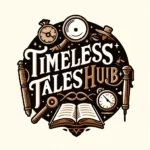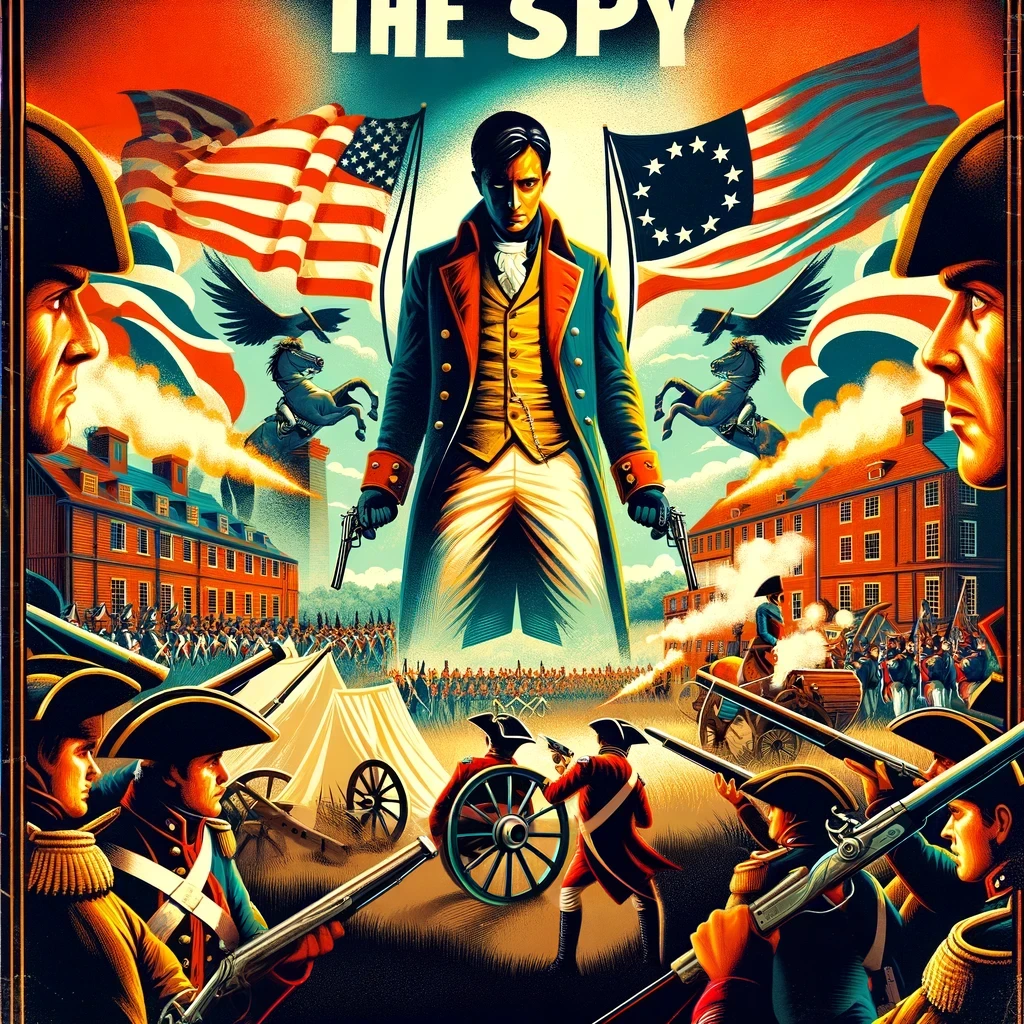- Historical Setting and Accuracy: “The Spy” is set during the American Revolutionary War and offers a vivid portrayal of the era. It blends real historical events and figures with fictional characters, providing insight into the societal and political dynamics of the time.
- Complex Characters: The novel features a range of well-developed characters, each with distinct motivations and personal growth arcs. The protagonist, Harvey Birch, is particularly notable for his depth and complexity as a double agent.
- Themes of Loyalty and Sacrifice: Central themes in the novel include loyalty and sacrifice, which are explored through the characters’ relationships and their roles within the war. These themes are particularly embodied in the character of Harvey Birch, who risks everything for his beliefs.
- Narrative Tension and Suspense: Cooper effectively builds tension and suspense throughout the story, mainly through the espionage activities and the constant danger of discovery faced by the protagonist. This keeps readers engaged and adds to the dramatic arc of the narrative.
- Symbolism and Moral Ambiguity: The novel often delves into moral ambiguity, challenging readers to consider the ethics of espionage, loyalty, and war. This is enhanced by Cooper’s use of symbolism, such as the characters’ hidden motives and dual identities, which reflect the larger moral questions posed by the novel.
These elements together make “The Spy” a rich and engaging read, offering both historical insight and profound moral questions, wrapped in a compelling narrative of espionage and personal struggle.
“The Spy” by James Fenimore Cooper is a historical novel set during the American Revolutionary War, blending real events and fictional elements to richly depict the era’s societal and political nuances. It features complex characters, notably the double agent Harvey Birch, whose struggles with loyalty and sacrifice drive the narrative’s core themes. Cooper skillfully builds tension and suspense through espionage and the ever-present danger of discovery, engaging readers deeply. The novel also explores moral ambiguity and uses symbolism to reflect on the ethics of espionage, loyalty, and war, presenting a layered and thought-provoking story that challenges readers to consider the deeper moral questions of human conflict and personal integrity.


